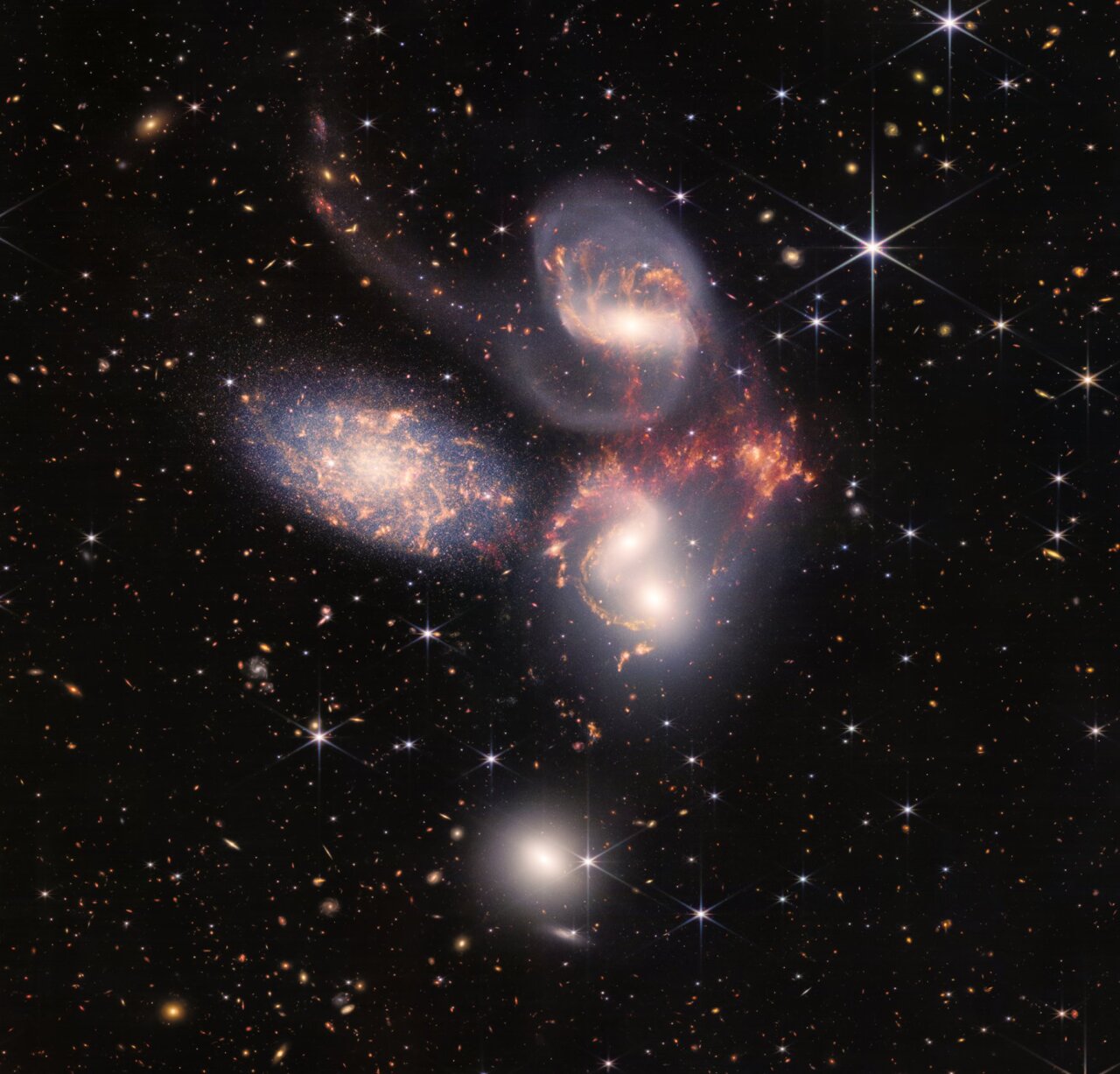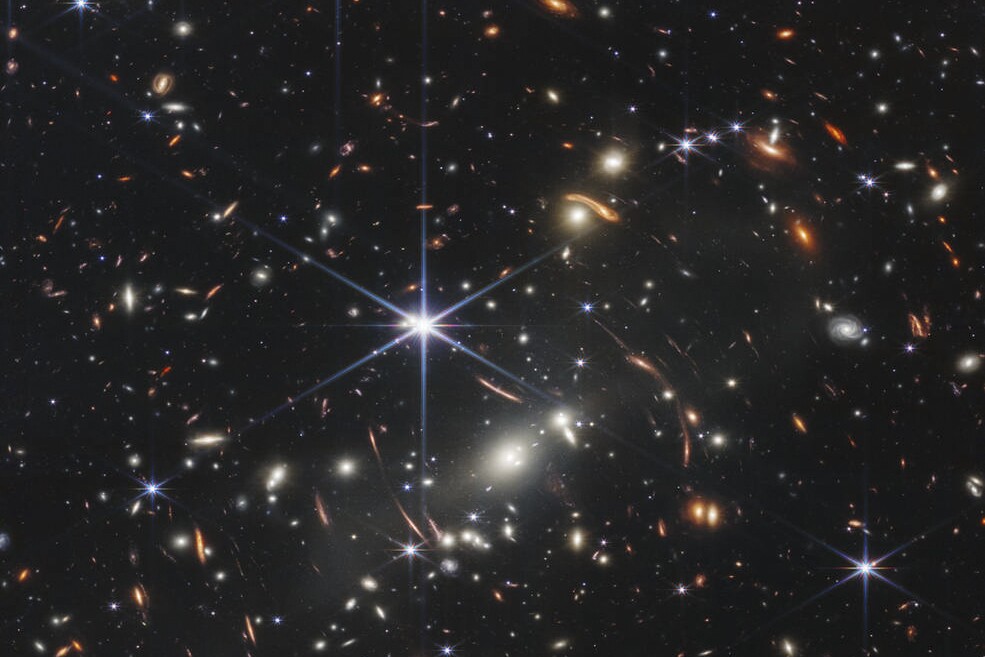One day after releasing a single image giving mankind the clearest image of deep space in history, NASA released shots from the Webb Space Telescope.
The telescope allowed scientists to examine a galaxy 13.1 billion light-years away. The telescope's spectrograph allowed it to study the galaxy's chemical composition. Scientists were able to find chemicals such as oxygen, hydrogen and neon in the galaxy.
NASA used the telescope to examine WASP-96 b, an exoplanet 1,150 light-years away. The telescope discovered evidence of water on the exoplanet, but scientists believe the planet is too hot for it to contain liquid water. "WASP-96 b orbits extremely close to its Sun-like star, just one-ninth of the distance between Mercury and the Sun, completing one circuit every 3½ Earth-days," NASA said.
One of the images showed details of the Southern Ring Nebula, which showed the object 2,500 light-years away, "cloaked in dust."
NASA then released an image of Stephan’s Quintet by combining 1,000 separate image files. Given the galaxy group's proximity, it gave scientists a close-up look at galaxy formation, NASA said.
"This proximity provides astronomers a ringside seat for witnessing the merging and interactions between galaxies that are so crucial to all of galaxy evolution. Rarely do scientists see in so much detail how interacting galaxies trigger star formation in each other, and how the gas in these galaxies is being disturbed. Stephan’s Quintet is a fantastic 'laboratory' for studying these processes fundamental to all galaxies," NASA said.

President Joe Biden helped NASA release the telescope’s first image on Monday. The image showed galaxy cluster SMACS 0723, revealing the faintest objects ever observed. According to NASA, the image showed thousands of galaxies and how they looked 4.6 billion years ago, given the speed of light.

The image covers a patch of sky approximately the size of a grain of sand held at arm’s length by someone on the ground, NASA said.
“These images are going to remind the world that America can do big things, and remind the American people – especially our children – that there’s nothing beyond our capacity,” Biden said on Monday. “We can see possibilities no one has ever seen before. We can go places no one has ever gone before.”
The Webb telescope will replace the Hubble telescope as NASA’s primary view of deep space.
Additional images will be released in the coming weeks and months, NASA said.




